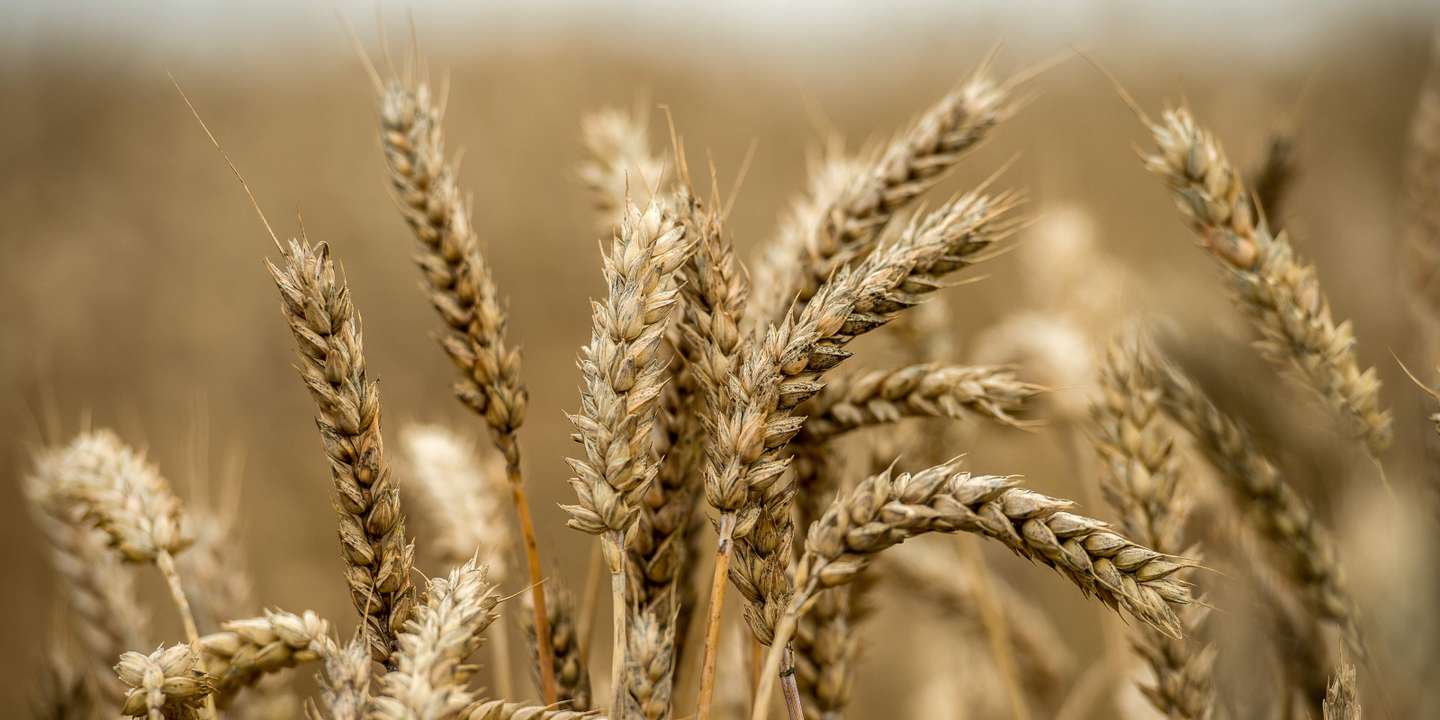Levels of atmospheric carbon dioxide (CO2) are rising, which experts predict could produce more droughts and hotter temperatures. Although these weather changes would negatively impact many plants’ growth, the increased CO2 availability might actually be advantageous because plants use the greenhouse gas to make food by photosynthesis. Now, researchers reporting in ACS’ Journal of Agricultural and Food Chemistry say that a much higher CO2 level could increase wheat yield but slightly reduce its nutritional quality.
Wheat is one of the world’s most important crops; its flour is used as a major ingredient in a large variety of foods such as bread, pasta and pastries. Previously, scientists have shown that elevated CO2 can increase wheat yields at the expense of grain quality traits such as nitrogen and protein content. However, scientists don’t yet know the full range of grain quality changes that can occur at different stages of wheat development or the biochemical mechanisms behind them. Iker Aranjuelo and colleagues wanted to examine the effects of elevated CO2 on wheat yield, quality and metabolism during grain formation and at maturity.
The researchers grew wheat in greenhouses at normal (400 parts per million; ppm) or elevated (700 ppm) CO2 concentrations. The team found that wheat grown under elevated CO2 levels showed a 104% higher yield of mature grain. However, the nitrogen content of the grain was 0.5% lower under these conditions, and there were also small declines in protein content and free amino acids. The researchers used gas chromatography-mass spectrometry to analyze metabolic changes in the grains at different developmental stages.
[rand_post]
Among other changes, elevated CO2 altered the levels of certain nitrogen-containing amino acids during grain formation and at maturity. Although the metabolic changes they detected had modest impacts on final grain quality, the effects could be amplified by other changes in a plant’s environment, such as limited nitrogen availability or drought conditions, the researchers say.
